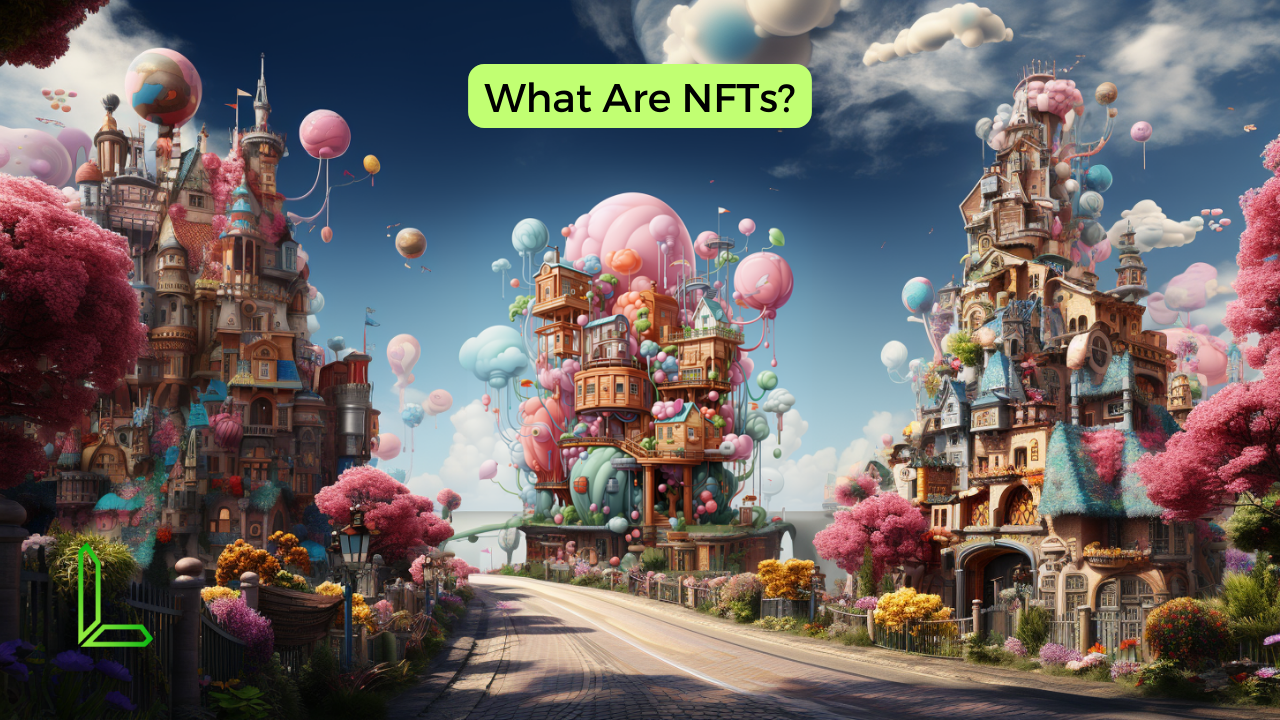
In the vast expanse of the digital realm, a new phenomenon has emerged, reshaping our understanding of ownership and value: Non-Fungible Tokens, more commonly known as NFTs. These unique digital assets have become a cornerstone in the conversation about the future of digital art, collectibles, and more.
At the core of the NFT revolution lies the concept of immutable digital ownership. When you possess an NFT, the blockchain technology it’s built upon ensures its authenticity and your undeniable claim to it. This is a game-changer in a world where digital replication is effortless, providing a beacon of hope for artists and creators seeking to be rightfully compensated for their unique contributions.
Another fascinating aspect of NFTs is their ability to carry a legacy. Every NFT has a history, a digital lineage that can be traced back to its origin. This provenance tracking ensures the asset’s authenticity, acting as a shield against potential issues like duplication and forgery.
But the wonders of NFTs don’t stop there. Imagine owning a virtual item in one digital environment and being able to integrate it seamlessly into another. This dream is a reality thanks to the interoperable nature of some NFTs. Furthermore, beyond their initial sale, NFTs can continue to benefit creators. Embedded within these tokens are smart contracts that can ensure artists receive a fraction of sales whenever their work is resold, opening doors to innovative business models previously unimagined.
However, every silver lining has its cloud. The NFT landscape, while promising, is not without its challenges. The environmental implications of NFT transactions, especially on certain blockchains, have raised eyebrows. The energy consumption and carbon footprint associated with these transactions have become a pressing concern for many.
Additionally, the NFT market is as volatile as it is vibrant. Dramatic shifts in value are not uncommon, making it a domain where both great fortunes can be made and significant losses incurred. And while NFTs offer a sense of ownership, they tread murky waters when it comes to copyright. Owning an NFT doesn’t necessarily grant one the copyright to the underlying asset, leading to potential disputes and misunderstandings.
Lastly, there’s the question of longevity. While the blockchain might keep a permanent record, the actual digital files associated with NFTs are often stored on traditional servers. If these servers falter or the companies behind them vanish, the future of these digital assets becomes uncertain.
The Unique Features of NFTs
- Immutable Digital Ownership: At the heart of the NFT revolution is the promise of indisputable digital ownership. Once an NFT is in your possession, the blockchain ensures its authenticity and your undisputed claim to it.
- Provenance Tracking: Every NFT carries with it a legacy, a history that can be traced back to its origin. This digital lineage ensures authenticity and combats issues like duplication and forgery.
- Interoperability Across Platforms: The digital realm is vast, and NFTs are designed to traverse it. A virtual item in one environment might seamlessly integrate into another, thanks to the interoperable nature of some NFTs.
- Embedded Royalties: Beyond the initial sale, creators can continue to reap benefits. Smart contracts within NFTs can ensure artists receive a fraction of sales whenever their work changes hands.
The Upside: Advantages of NFTs
- Empowering Creators: In an age where digital replication is easy, NFTs provide a beacon of hope for artists and creators, ensuring they’re compensated for their unique contributions.
- Diverse Monetization Avenues: From art to music, gaming to collectibles, NFTs open doors to innovative business models previously unimagined.
- True Digital Collectibles: For collectors, NFTs offer a chance to own truly unique digital assets, each with its own story and value.
The Flip Side: Challenges of NFTs
- Environmental Implications: The digital might seem intangible, but the environmental footprint of NFT transactions, especially on certain blockchains, is very real and a growing concern.
- A Volatile Marketplace: The NFT market, while promising, is susceptible to dramatic shifts in value, making it a risky venture for the uninitiated.
- Navigating Copyright Waters: Ownership of an NFT doesn’t equate to ownership of copyright. This grey area can lead to potential disputes and misunderstandings.
- Longevity and Storage Concerns: The blockchain may be remembered, but if the servers storing the actual digital files of NFTs falter, the longevity of these assets comes into question.
In the grand tapestry of the digital age, NFTs are both a promising thread and a cautionary tale. They offer a glimpse into a future where digital ownership is tangible and unique, but they also remind us of the challenges that come with pioneering uncharted territories.
